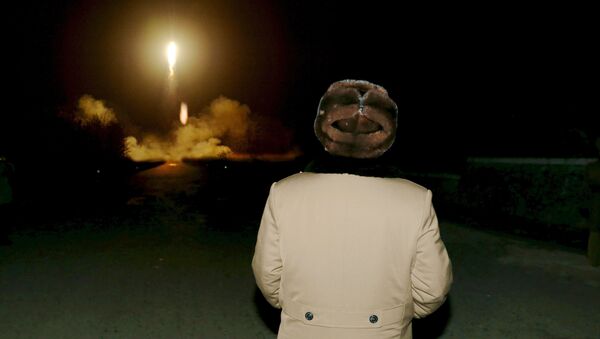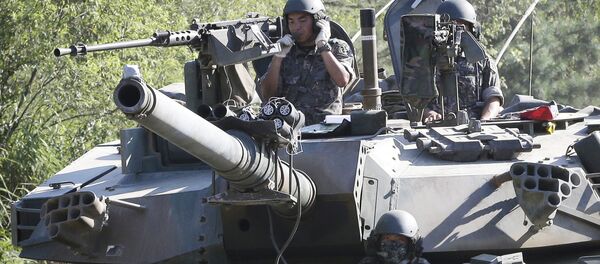After the US and South Korea held joint military exercises in August, the North Korean Foreign Ministry released a statement to the North Korean Central News Agency (KCNA), the country’s state on media, declaring the country would "turn the stronghold of provocation into a heap of ashes through Korean-style pre-emptive nuclear strike" if the two countries "show the slightest sign of aggression".
North Korean foreign minister Ri Yong Ho, recently warned the UN General Assembly that escalating tensions could turn the Korean peninsula into "the world’s most dangerous hot spot which can even ignite the outbreak of a nuclear war." He also defended Pyongyang’s continuous nuclear testing, saying the country "had no other choice but to go nuclear inevitably after it has done everything possible to defend the national security from the constant nuclear threats from the United States".
South Korean defense minister Han Min-koo has estimated that the North Korean military numbers around 1.2 million standing troops.
Most would expect the US, if confronted by a nuclear offensive from the DPRK, to use its own nuclear weaponry, but available weapons may not be precise enough to suit America’s needs in that scenario. The B61-12, a low yield nuclear bomb, could be a serviceable tool in the short term, but radiation levels are unpredictable and if North Korea’s defense systems are advanced enough, a response from Pyongyang could be costly both in terms of life and artillery.
There are some who are against making nuclear weapons more versatile, as it may mean that the weapons are used more often. The notion that the US must approach nations with budding nuclear programs without using nuclear weapons has been around for at least 20 years.
Former Defense Secretary Les Aspin pointed out in 1993 that "nuclear weapons can still be the equalizer against superior conventional forces. But today it is the United States that has unmatched conventional military power, and it is our potential adversaries who may attain nuclear weapons. We’re the ones who could wind up being the equalizee," Breaking Defense reported.
The US Defense Department, under President Bill Clinton, developed "counter-proliferation" measures to activate general purpose responses in the event of a nuclear attack. Budgeting and capacity issues prevented this program from becoming realized, and the US, if confronted by an offensive nuclear attack, is now left in the unenviable position of choosing either standard weapons that may be inadequate or nuclear weapons that may not be effective.




